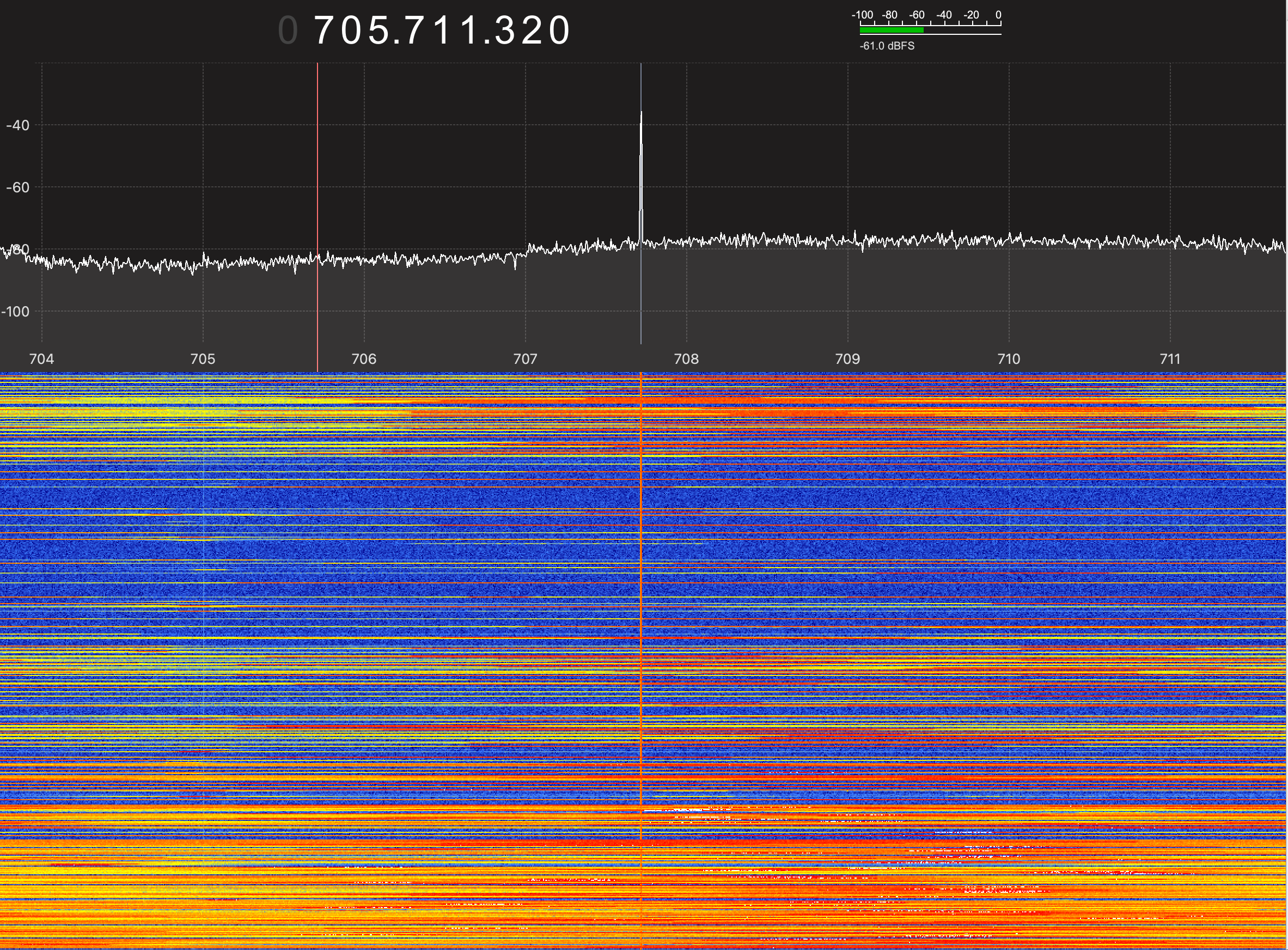
I have been experimenting with prototypes for “EMF refuge systems” that attempt to block cellular radio frequencies in the vicinity of ant nests at Wave Farm, giving the ants refuge from its effects at their sites of congregation, reproduction and shelter.
Refuges for Ants contemplates the effects wavelengths above 5 Ghz might have on ants, whose small body size makes them more susceptible to impacts of absorption of these frequencies.

The radio-frequency spectrum for human cellular phone communication has increased in frequency as we have increased the speed and capacity of information between communication points. There has been little discussion about the impact this increased frequency–and the much smaller wavelengths it travels in–might have on beyond-human species who live alongside us and along transmission pathways.
How does our ease of communication interact with ant communication and quality of life?
